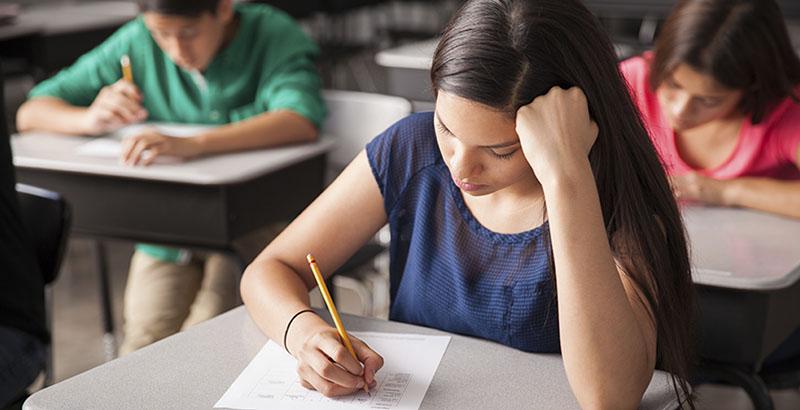Classroom design plays a significant role in shaping student learning experiences and academic performance.
The physical environment of a classroom can have a profound impact on students’ engagement, focus, and overall well-being, ultimately influencing their learning outcomes.

Ergonomic and Comfortable Furniture:
Comfortable and ergonomic furniture is essential for creating a conducive learning environment. Students who have supportive chairs and desks are more likely to stay attentive and engaged during lessons, reducing distractions and discomfort.
Flexible Learning Spaces:
Classrooms with flexible learning spaces promote collaboration and active learning. By incorporating movable furniture also adaptable layouts, teachers can create dynamic environments that cater to various learning styles and activities.
Natural Lighting and Ventilation:
Well-designed classrooms should have ample natural lighting and proper ventilation. Studies have shown that natural light positively impacts mood, focus, also academic performance. Adequate ventilation ensures a fresh and comfortable atmosphere, enhancing students’ ability to concentrate.
Color and Aesthetics:
The use of color and aesthetics in classroom design can influence students’ emotions and behavior. Calming and warm colors can create a nurturing environment, while bright colors can stimulate creativity and enthusiasm.
Organization and Accessibility:
An organized and clutter-free classroom fosters a sense of order and efficiency. Clear pathways and easy access to learning materials promote independent learning also a smooth flow of classroom activities.
Technology Integration:
Classroom design should support the integration of technology. Well-placed power outlets also interactive displays enable seamless use of digital tools, enhancing students’ engagement and interaction with the subject matter.
Acoustic Control:
Effective classroom design includes measures to control noise levels. Proper insulation also strategic placement of materials can help reduce noise distractions, creating a quieter and more focused learning environment.
Safety and Security:
A safe and secure environment is essential for student well-being and learning. Classroom design should prioritize safety features also emergency protocols to ensure that students feel protected and can focus on their studies.
Emotional Well-Being:
Classroom design can influence students’ emotional well-being. Spaces that are warm, inviting, and nurturing can positively impact students’ overall happiness and sense of belonging.
Conclusion
The impact of classroom design on student learning is multidimensional, encompassing physical comfort, flexibility, aesthetics, and emotional well-being.
A well-designed classroom can enhance students’ engagement, focus, also motivation, leading to improved academic performance and a positive learning experience.
Educators and school administrators should consider the various elements of design to create environments that promote collaboration, creativity, and effective learning.
By prioritizing thoughtful and intentional classroom design, schools can create nurturing also inspiring spaces that foster the intellectual and emotional growth of their students. 온라인카지노

